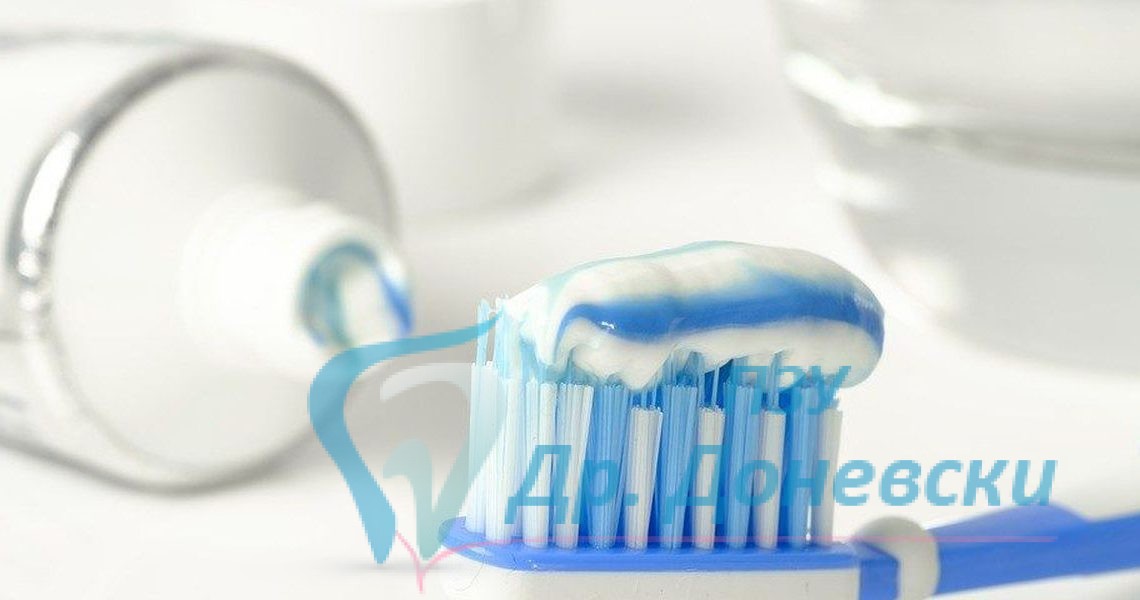When was the last time you replaced your toothbrush? Our dental hygiene, unfortunately, doesn’t get as much attention or thought as other areas of our life. However, there are important rules and tips you should follow for maintaining optimal dental health.
What to consider when shopping for dental products?
Ask your dentist during your next dental checkup and cleaning for recommendations about what you should be buying based off your individual needs, your particular dental health state, etc.
We suggest you to look for toothbrushes with soft bristles, as hard bristles damage your teeth and gums, choose a toothbrush head size that touches one or two teeth at a time, use a toothpaste containing fluoride, consider using mouthwash to further fight plaque and gingivitis, and don’t forget to floss!


Should I use electric toothbrush?
The use of an electric toothbrush may vary from patient to patient. The patients with peridontal disease have problems with their gums, and electric toothbrush may cause a lot of bleeding from their gums, so it doesn’t help them as they would want to. But if you don’t have any problems with your gums, the use of electric toothbrush may be helpful. Do your research on what products fit your needs best, and don’t forget to ask your dentist for recommendations.


When to change your toothbrush?
Most dentists, and the American Dental Association (ADA), recommend changing your toothbrush every 3 months. Overtime, toothbrushes go through normal wear and tear and become less effective with removing plaque from teeth and gums. Studies have found that around 3 months is when the bristles break down and lose effectiveness.
One other consideration we don’t like to think about is that germs can hide and build up in toothbrush bristles. This makes it important to replace your toothbrush after you’ve been sick, or risk possible infection.


Bacteria can also develop in the bristles if not taken care of properly. After use, make sure you rinse off and dry your toothbrush thoroughly, storing uncovered in an upright position and keeping it away from other members of your family toothbrushes. When traveling, be sure to cover your toothbrush to protect it and reduce the spread of germs.
If you can’t remember exactly how long it’s been, pay attention to the condition your toothbrush head is in – whether the bristles are worn out, fan out, or frayed, or especially if you see dark color changes, which is a sign of mold.
What happens If I don’t change my toothbrush often enough?
If knowing that bacteria accumulates on your toothbrush bristles overtime isn’t enough reason to replace your toothbrush more often, there are also a number of other risks and issues involved with not replacing your toothbrush. One risk includes damaging your gums, as old toothbrushes become ineffective with removing plaque from your teeth, which leads to gingivitis. Even more unappealing, you can get sick from overused toothbrushes your toothbrush can grow mold.


